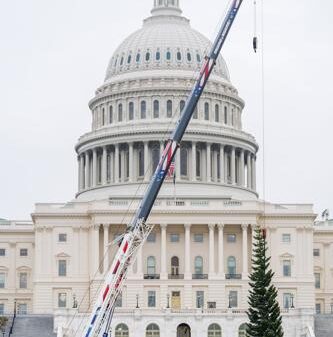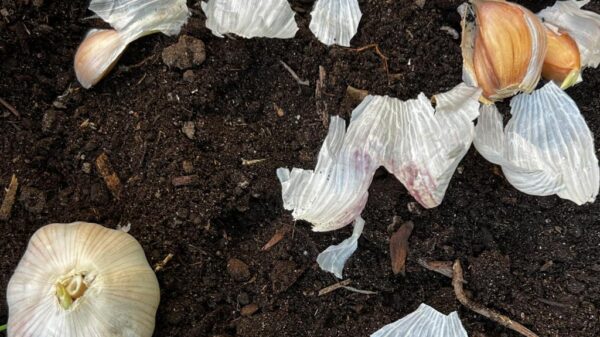NASA’s Perseverance rover has potentially identified its first meteorite on Mars, a significant discovery during its ongoing mission. The rover, which has been exploring the Martian surface since its landing on February 18, 2021, detected an unusual rock formation that scientists believe could be a meteorite. The rock, named Phippsaksla, was spotted on September 2, 2025 (Sol 1612 of the mission) while the rover was examining the landscape of Jezero crater.
The Perseverance rover initially observed the meteorite using its left Mastcam-Z camera, revealing a “sculpted, high-standing” rock amidst a backdrop of “low-lying, flat and fragmented surrounding rocks”. According to Candice Bedford, a research scientist at Purdue University, this discovery has garnered significant interest among the scientific community. Subsequent analysis using the rover’s SuperCam laser instrument confirmed that the rock measures approximately 31 inches (or 81 centimeters) in length and is composed of iron and nickel, elements typically associated with the cores of large asteroids.
The identification of Phippsaksla is noteworthy, as it marks Perseverance’s first suspected meteorite find on Mars. If confirmed, it would contribute to understanding the history and composition of Martian geology. The name Phippsaksla is derived from a location in Svalbard, Norway, reflecting the rover team’s practice of using geographic names for easy public reference. The site of the discovery, named “Vernodden,” also honors Svalbard.
While this is a significant moment for Perseverance, it is not NASA’s first encounter with meteorites on Mars. The Curiosity rover, which has been operational since 2012, has previously located several iron-nickel meteorites in the Gale crater region. Notable finds include the 39-inch (1-meter) “Lebanon” meteorite discovered in 2014 and the “Cacao” meteorite found in 2023. NASA officials expressed surprise at Perseverance’s lack of similar finds, given the rover’s extensive exploration capabilities.
Over the past year, Perseverance has meticulously analyzed the rim of Jezero crater, which is expected to yield meteorites, especially considering its geological similarities to Gale crater. Bedford noted that Jezero’s age and the presence of numerous smaller impact craters suggest that meteorites likely fell to the crater floor and its surroundings over time.
Despite this promising discovery, hunting for meteorites is a secondary objective for the Perseverance rover. The primary mission centers on searching for evidence of past life on Mars and collecting samples for a potential return to Earth. Recently, NASA announced that the rover detected intriguing chemical fingerprints that might indicate chemical reactions between sediment and organic matter. However, a definitive conclusion regarding these findings will require the samples to be returned to Earth for more detailed analysis.
As the Perseverance rover continues its exploration, the scientific community eagerly anticipates further revelations from the Martian surface, particularly regarding the planet’s history and the potential for past life.








































































